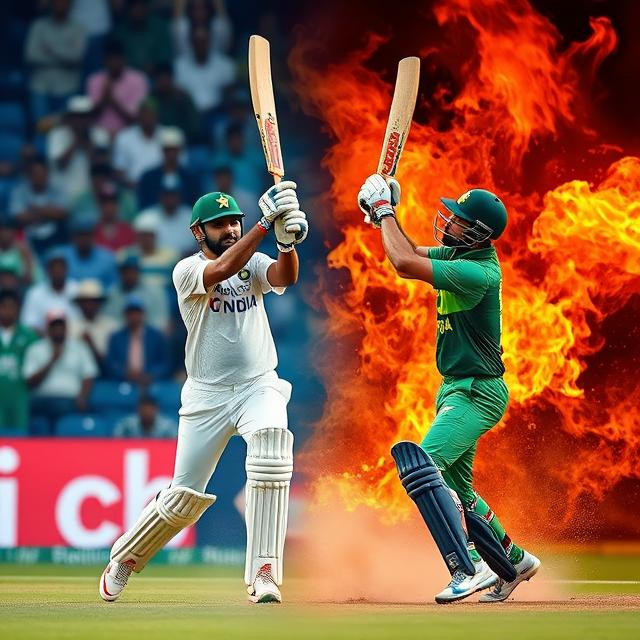Understanding the Complexities of Indo-Pakistani Relations

Unraveling the Knot: Understanding Indo-Pakistani Relations
For decades, the relationship between India and Pakistan has been fraught with tension, punctuated by periods of conflict and sporadic attempts at rapprochement. This complex history, deeply rooted in shared heritage and divergent paths, continues to shape the geopolitical landscape of South Asia. This article delves into the multifaceted nature of this enduring rivalry, exploring the historical context, the key flashpoints, and the prospects for a more peaceful future.
A Legacy of Division: The partition of British India in 1947, a pivotal moment in South Asian history, created a deep chasm between India and Pakistan. The ensuing violence and displacement continue to haunt the collective memory of both nations, fueling mistrust and resentment. Territorial disputes, particularly over Kashmir, have consistently been a major source of friction, escalating into armed conflicts and threatening regional stability. Understanding this historical baggage is crucial to comprehending the current state of affairs.
Kashmir: A Persistent Flashpoint: The status of Kashmir remains a contentious issue, with both India and Pakistan claiming sovereignty over the region. This dispute has led to numerous skirmishes and armed conflicts, leaving a trail of casualties and instability. The complex demographics of the region, the intertwined narratives of identity, and the lingering impact of past conflicts make a peaceful resolution seem elusive. What are the potential ways to resolve this intricate conflict?
Economic Interdependence and Potential for Cooperation: Despite the political tensions, economic interdependence plays a crucial role. Both nations share important trade routes and rely on each other in certain sectors. Could mutual benefits inspire a more collaborative approach, ultimately promoting peace and prosperity for both countries?
The Role of External Actors: The involvement of global powers in the region further complicates the situation. The geopolitical interests of various nations often intersect with the Indo-Pakistani conflict, adding another layer of complexity to the equation. How do external pressures influence the trajectory of the relationship?
The Path Forward: Achieving lasting peace between India and Pakistan requires a sustained effort from both sides, incorporating mutual trust, respect, and a willingness to engage in dialogue. Addressing the root causes of the conflict, promoting economic cooperation, and fostering greater people-to-people contact are crucial steps towards building a more positive future. Can these nations overcome the historical baggage to forge a sustainable path toward peaceful coexistence?
This article is intended for informational purposes only and does not represent specific policy recommendations or endorse particular viewpoints.